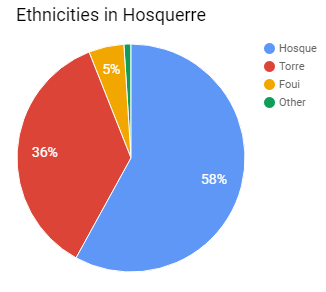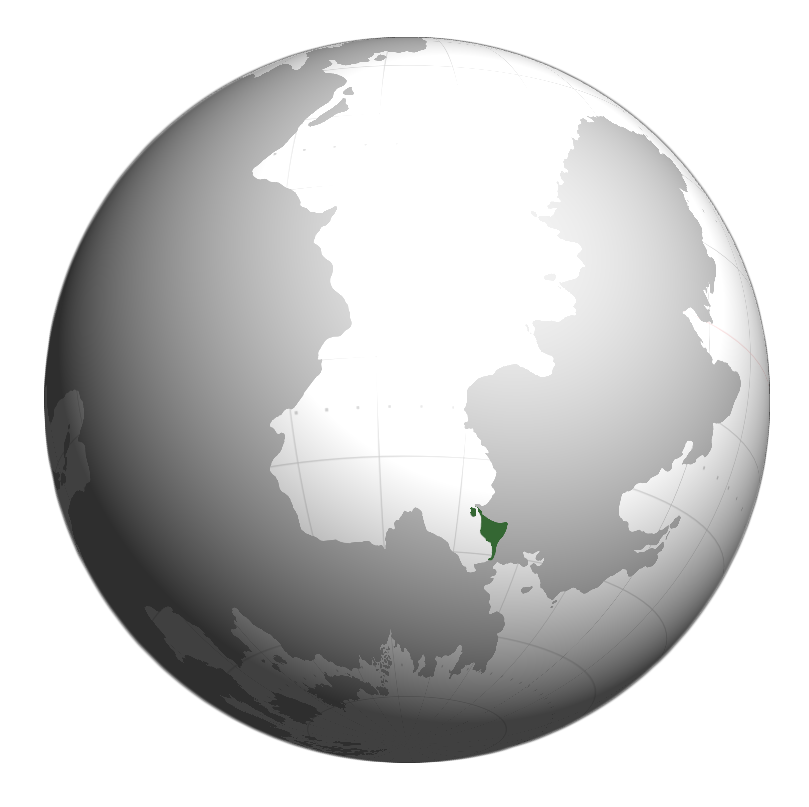Based on the content and the oldest records, it's believed the myth The Tree that Touches the Stars is set, or was first told, around this time.

-
Circa 3000 BR
Setting of "The Tree that Touches the Stars"
Cultural event -
0 BR
16 /2
The Fourth Reckoning
Metaphysical / Paranormal eventA world-rocking disaster. No one knows what caused it, but earthquakes, tsunamis, volcanic eruptions, and violent storms wracked the world. Every civilization was affected. After a solid month of disaster, the world finally calmed once more and the survivors were left to pick up the pieces.
-
67 AR
30 /4
Formation of the Guild of Illuminators
FoundingIlluminators across the land that would become Hosquerre form a guild dedicated to restoring lost knowledge
-
215 AR
243 AR
Construction of the Queen's Wall
Construction beginning/endConstruction of the Queen's Wall in Hosquerre ended, giving birth to the current queendom's domination of the area.
-
249 AR
12 /6
First Opening of the Proving Grounds
Construction beginning/endThe grand opening of the new arena in Churanu. 5 people are killed by a riftcrawler and it closes immediately.
-
249 AR
26 /12
Actual Opening of the Proving Grounds
Construction beginning/endA moat and other safety measures are added. Its second grand opening goes without a hitch.
-
250 AR
6 /12
First Modern Queen's Judgement
Sporting Event / CompetitionThe Queen's Judgement is re-instated, with some modification, as a rite of passage to take the throne of Hosquerre
-
323 AR
13 /12
The Migul Publishing Company
Civil actionThe Guild of Illuminators rebrands itself as the Migul Publishing Company after merging with the guild of Engravers.
-
410 AR
18 /7
Birth of Rasan
Life, Birth -
435 AR
Birth of Katéa
Life, BirthKatéa is born in Churanu
-
438 AR
29 /2
Eruption of Mt. Chola
Geological / environmental eventThe volcano erupts and wipes out the town of Leledi
-
439 AR
16 /4
Formation of the Hosque Inquisition
FoundingIn response to the Mt. Chola tragedy, the Inquisition is formed to root out heretics and pagans and restore the proper levels of faith in Hosquerre
-
439 AR
27 /5
Disbandment of the Guild of Illuminators
DisbandmentThe guild disbands due to pressure from the Inquisition and goes underground to become the Light Bringers
-
448 AR
17 /2
Rasan Arrested
Life, Crime -
448 AR
12 /7
Rasan Escapes
Life, Achievement/ WinRasan staggers into a Light Bringer safe house having somehow escaped from the Inquisition
-
453 AR
3 /10
Affirmation of Serene Princess Katéa
Life, Achievement/ WinKatéa successfully defeats a Riftcrawler in the arena, affirming her right to inherit the throne.
-
454 AR
15 /9
First publication by Lāzhā-yé
Life, Publicity"A House of Stilts" is published by an anonymous author, describing how Hosquerre's power is less stable than they would have you believe.
-
455 AR
27 /8
Publication of "Simple Questions on Religion"
Artistic creationThis essay spreads rapidly through discontented corners of the kingdom and rockets the elusive "Lāzhā-yé" to the top of the Inquisition's hit list




